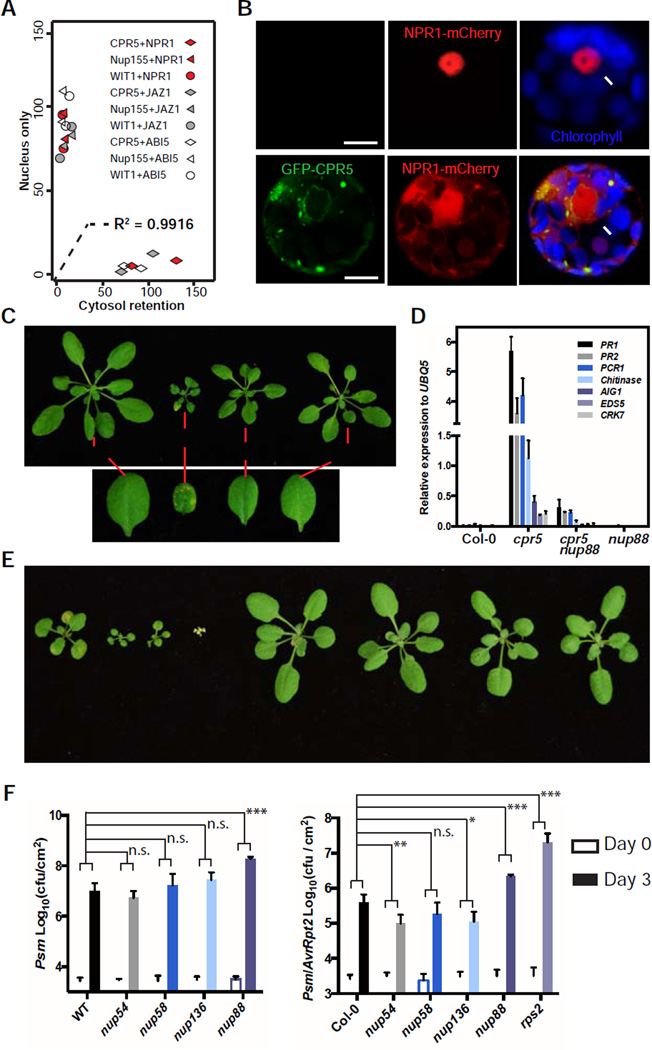Figure 4. CPR5 Modulates Protein Nucleocytoplasmic Transport to Gate ETI.
(A) Overexpression of CPR5 resulted in cytosolic retention of nuclear proteins. NPR1, JAZ1 or ABI5 were co-expressed with NPC protein CPR5, Nup155 or WIT1 in Arabidopsis protoplasts. Each combination was repeated twice with around 100 transformed cells counted per repeat. Localization of nuclear proteins in each cell was recorded as binary data (‘nucleus only’ or ‘cytosol retention’). A logistic regression model using the NPC protein as the sole independent variable explains 99% of the data variance.
(B) Representative Arabidopsis protoplasts co-transformed with NPR1-mCherry and GFP-CPR5 constructs or the empty vector.
(C) Four-week-old WT, nup88 (also known as mos7-1), cpr5 and nup88 cpr5 plants are shown. The lower panel shows close-ups of leaves with or without spontaneous PCD.
(D) Expression levels of the most induced defense-related genes in the cpr5 mutant were measured using quantitative RT-PCR.
(E) Three-week-old WT, cpr5, cpr5 nup54, cpr5 nup58, cpr5 nup136, nup54, nup58 and nup136 plants.
(F) FG-Nup mutants nup54 and nup136 specifically enhanced ETI, but not basal immunity. Three-week-old plants were inoculated with bacterial pathogen Pseudomonas syringae pv. maculicola (Psm) without (left) or with (right) the effector gene AvrRpt2. Data are presented as mean ± SDM (n = 6 biological replications for each genotype and treatment). Two-way ANOVA was used for statistical tests. p-values * < 0.05, ** < 0.01, *** < 0.001, n.s. not significant.
See also Figure S4.

